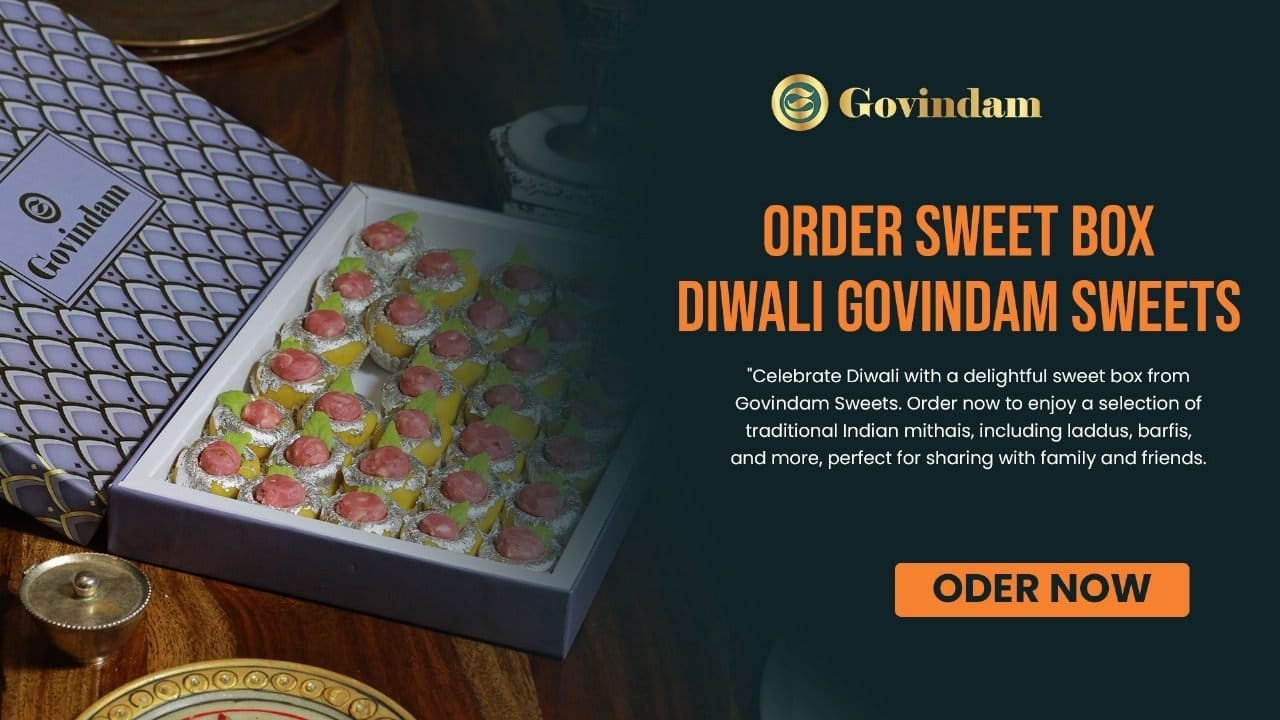Discover the authentic Odia Rasgulla recipe straight from Pahala, the sweet’s birthplace. This guide reveals the traditional method for creating these beloved cheese balls, ensuring you capture the genuine taste and texture of Odisha’s famous dessert. Learn the secrets behind Pahala’s soft, juicy rasgullas that have delighted generations.
Introduction to Authentic Odia Rasgulla
The Odia Rasgulla, particularly from Pahala, holds a special place in Indian culinary heritage. This authentic recipe will guide you through creating these delectable cheese balls that have made Pahala famous. While Govindam Sweets offers excellent sweets, making Pahala Rasgulla at home connects you to a rich tradition.
Historical Significance of Pahala Rasgulla
Before we dive into the recipe, let’s appreciate the historical context. Pahala, a village near Bhubaneswar, Odisha, has been crafting these sweets for generations. For more on its cultural significance, you might find this Wikipedia page on Rasgulla enlightening.
Ingredients for Authentic Odia Rasgulla
To make genuine Pahala-style Rasgulla, you’ll need:
- 1 liter full-fat milk
- 2 tablespoons lemon juice or vinegar
- 1 cup sugar
- 2 cups water
- 1/4 teaspoon cardamom powder
- A pinch of saffron (optional)
Step-by-Step Preparation
1. Making the Chenna (Cheese Curds)
- First, bring the milk to a boil in a large pot.
- Then, add lemon juice or vinegar slowly while stirring.
- Once the milk curdles, turn off the heat.
- Next, strain the curds through a cheesecloth.
- Rinse the curds with cold water to remove any sourness.
- Finally, hang the cheesecloth for 30 minutes to drain excess water.
2. Preparing the Chenna for Rasgulla
- After draining, place the chenna on a clean surface.
- Knead it vigorously for 10-15 minutes until smooth and non-sticky.
- Divide the kneaded chenna into equal-sized balls.
- Gently roll each portion into a smooth ball.
3. Making the Sugar Syrup
- In a wide pan, combine sugar and water.
- Bring the mixture to a boil, stirring occasionally.
- Add cardamom powder and saffron for flavor.
- Keep the syrup simmering on low heat.
4. Cooking the Rasgulla
- Gently slide the chenna balls into the simmering syrup.
- Cover and cook on medium heat for 15-18 minutes.
- The rasgullas will expand to almost double their size.
- Once done, remove from heat and let them cool in the syrup.
Tips for Perfect Pahala-Style Rasgulla
- Use full-fat milk for the best texture and taste.
- Knead the chenna thoroughly to achieve the signature softness.
- Maintain a gentle simmer while cooking to prevent the rasgullas from breaking.
- Allow the rasgullas to cool in the syrup for maximum flavor absorption.
Serving and Storing
Serve the Odia Rasgullas chilled or at room temperature. They pair wonderfully with other traditional sweets like Balwan Laddu or Ghewars. For a contrasting flavor, offer some spicy Namkeen alongside.
Store the rasgullas in the refrigerator for up to 3-4 days, keeping them immersed in the syrup.
Cultural Significance and Festivals
Odia Rasgulla plays a crucial role in Odisha’s festivals and rituals. During the famous Rath Yatra, devotees offer these sweets as prasad. Explore our Festival Collection to find other traditional sweets that complement Rasgulla during celebrations.
Modern Twists on Traditional Recipe
While the authentic recipe remains a favorite, some variations have emerged:
- Baked Rasgulla: A modern take on the classic recipe.
- Chocolate-coated Rasgulla: For those who enjoy fusion desserts.
For more unique sweet experiences, try our Chirawa Peda or Buy Rose Laddu.
Frequently Asked Questions
- Q: Why are Pahala Rasgullas larger than other varieties? A: Pahala Rasgullas traditionally have a larger size, which allows for a juicier, more flavorful experience.
- Q: Can I reduce the sugar in this recipe? A: While you can adjust the sugar, it may affect the texture and shelf life of the rasgullas.
- Q: How do I know if I’ve kneaded the chenna enough? A: The chenna should feel smooth and slightly oily, with no graininess when rubbed between your fingers.
Conclusion: Preserving Tradition Through Taste
By making authentic Odia Rasgulla from Pahala at home, you’re not just creating a dessert; you’re participating in a cherished culinary tradition. This recipe allows you to experience the genuine flavors that have made Pahala famous across India.
For more insights into India’s rich variety of sweets, check out this Wikipedia article on Indian sweets. Whether you’re an experienced cook or a curious beginner, this authentic Pahala Rasgulla recipe offers a delightful journey into Odisha’s sweet heritage.


